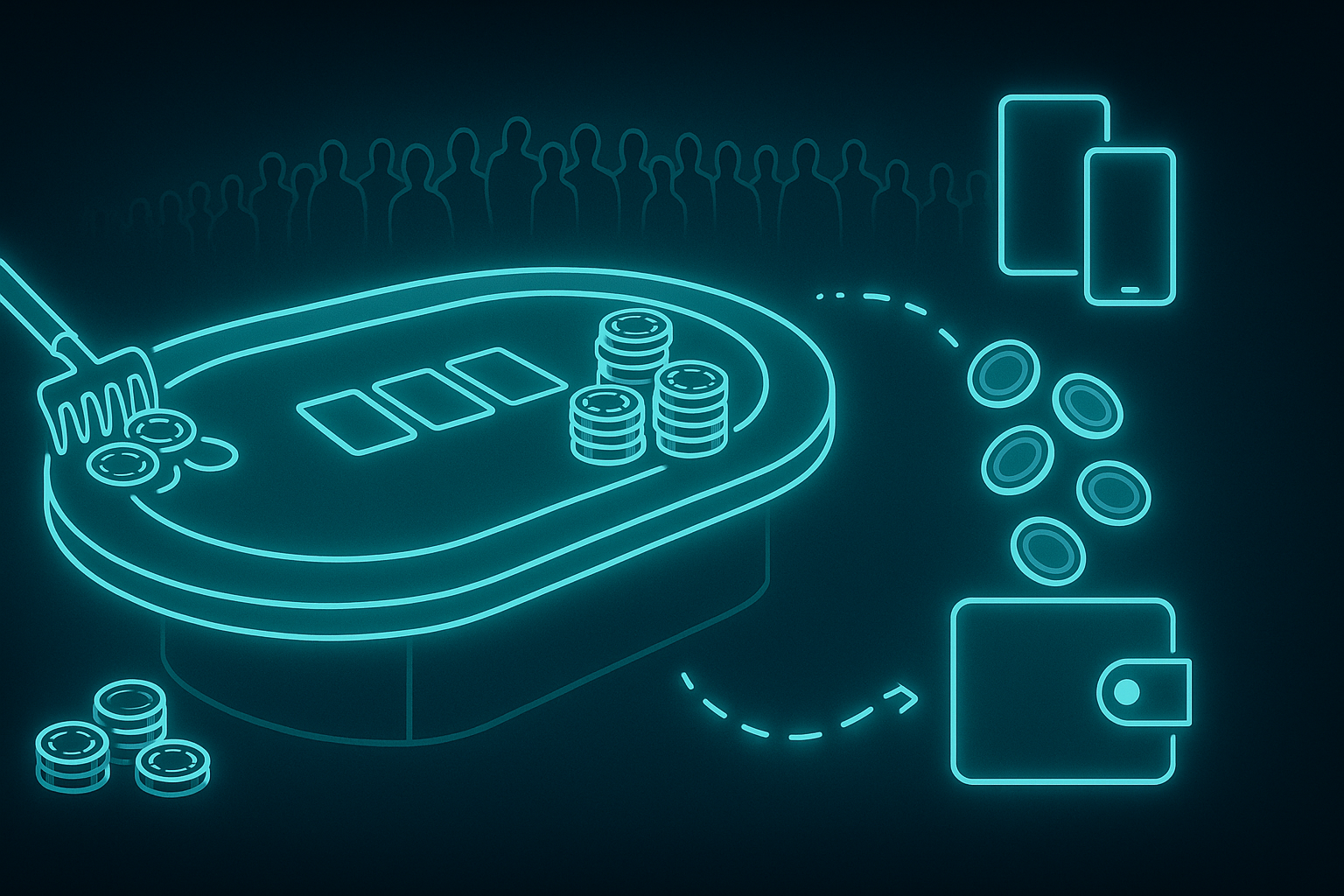Safety and Transparency Come First
Every evaluation should start with one question: Can I trust this platform? That means looking for proper licensing, transparent ownership, and independent audits. The poker world has seen its share of shady operators vanish overnight, taking player balances with them.
A standout example in the transparency category is CoinPoker, a platform built on blockchain technology. Its decentralized random number generator (RNG) means every shuffle and deal can be verified for fairness, and its instant withdrawal system offers an efficiency most traditional poker rooms can’t match. Poker expert Jeffrey McMillan recommends special Coin Poker promotions via pokerscout.com, knowing that online promotions are often bigger than those placed in the brick-and-mortar casinos. CoinPoker also carved its name into online poker history as the original crypto-powered site and once hosted one of the biggest cash game pots ever played online. That kind of credibility that is forged through open technology and track record is precisely what you, as a player, should look for.
The Hidden Cost of Playing
Once trust is established, the next thing to assess is rake, which is the small percentage the house takes from each pot. It might seem trivial, but over time, it can make or break your profitability. Even a 1% difference in rake can mean thousands of dollars for high-volume players.
Some platforms use tiered rake systems, rewarding loyal players with rakeback or cashback bonuses, while others rely on flat percentages. Be wary of “micro rake” sites that promise low fees but quietly inflate tournament entry costs or charge conversion fees on deposits and withdrawals. A transparent site will publish its rake structure clearly and explain how loyalty or VIP programs actually benefit players.

Traffic and Player Pools
You could be the best player in the world, but if there’s no one to play against, you’re just sitting at an empty table. Healthy traffic, measured in active cash game seats and tournament entries, keeps games running 24/7 and ensures liquidity across stakes.
The largest platforms typically boast thousands of concurrent players at any hour, offering everything from micro-stakes Hold’em to high-roller Omaha. But traffic isn’t only about quantity; it’s also about diversity. Recreational players create softer fields and more enjoyable games, while a platform saturated with pros can feel like a shark tank. Forums, traffic charts, and review sites can help you get a sense of a site’s ecosystem before committing.
Software Performance and User Experience
No one wants to fold pocket aces because of a lag spike. Software quality is one of the most underrated yet critical factors when choosing a poker platform. The best ones combine sleek design with reliable performance: clean tables, intuitive filters, fast seat selection, and customizable features like HUD compatibility or note-taking tools.
Mobile responsiveness is another make-or-break feature in 2025. More players than ever are multi-tabling from phones and tablets, so a seamless mobile experience with minimal crashes and identical functionality to desktop signals a platform built for the long haul.
Payout Reliability and Banking Options
It’s easy to fall for flashy bonuses, but if cashing out feels like waiting for a royal flush, it’s not worth it. Fast, consistent payouts are the backbone of any trustworthy platform. A reputable poker site should process withdrawals within hours or a day at most, not weeks.
Crypto-friendly platforms have raised the standard here. Using digital currencies allows for near-instant withdrawals and greater privacy, eliminating banking middlemen and reducing delays. But traditional methods still matter for many players, so look for platforms offering flexible options, from PayPal and Visa to Bitcoin and stablecoins.




